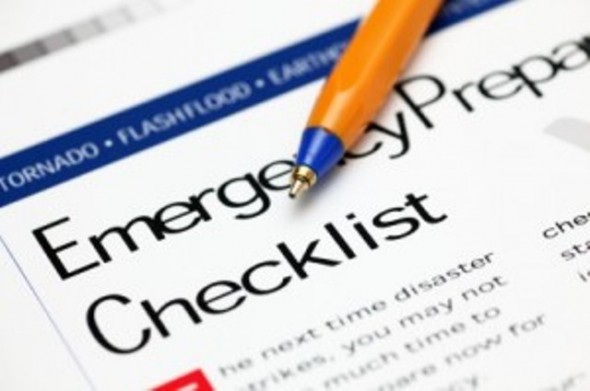For many businesses, a natural disaster is no laughing matter. Among other things, they have to either pull back on, if not completely halt, their operations to ensure the safety of their people, their products, and the like. At the same time, they need to make sure that they don’t lose any customers while they’re not running at 100% capacity. The only way to do that is to have protocols that can address issues that can arise from a calamity situation. That way, you minimize the damage that a hurricane or any similar circumstance can inflict upon you.
So what are the best practices for disaster preparedness among businesses?
Before
Don’t even wait for a calamity before you start planning for emergency procedures – you need have everything in order even if you’re living in an area that’s not prone to disasters. Otherwise, you’ll be scrambling to make sure you’ll be okay when the news reports come in and frankly, going on panic mode at that point can only make things worse. To truly be prepared for that kind of challenge, you need to have at least the following in place:
- Insurance – There is no guarantee that you’ll be able to salvage all of your equipment and paperwork in the event of a natural disaster, so find an insurance company that covers the most likely risks.
- Document protection – Every business has paperwork, and losing any of your important files and data can be really disastrous for you. Make sure that you have a heavy-duty safe like SentrySafe where you can store printed copies, and are employing a secure online back-up service like SpiderOak.
- Communication – Of course, one of the best ways to lose customers across the country is to stay completely unreachable during a disaster. To minimize this problem, invest in a cloud-based business telephone service like RingCentral so you can have phone service during the calamity and have your calls routed to alternative phone lines if needed.
- Electricity and Internet – Want to be able to keep working despite power outage and Internet downtime? Then invest in a PowerReady Indoor Power System and rent a satellite antenna from GATR Technologies.
- Employees that know what to do – You can’t do everything, which is why you need to make sure that you have people who can handle a calamitous situation and brief them on the necessary protocols in the event of a natural disaster.
After
You can’t expect things to go back to normal once the storm (literal or metaphorical) has passed. Even with the pre-disaster measures you’ve taken, the business probably still incurred some kind of damage over the course of the catastrophe, and you need to work on getting back to the level of service you used to offer to your customers. This is why you need to do the following as soon as the calamity is over:
- Call your insurance agent – They’ll help you figure out how much reparation your base of operations need, and cover costs for what they can. Once you get this out of the way, you can have a better idea of how to proceed with getting back on your feet.
- Contact clients and customers – Whether or not you’re operating during the calamity, you need keep your customers and clients updated on the status of your operations. That way, they’ll know if deliveries will be delayed or services will be affected. You can also reach out to check if they’re doing okay; your genuine concern breeds loyalty under the circumstances.
- If necessary, find extra funding – You may have prepared for this disaster, but that doesn’t mean that you were able to save up enough money to cover all the issues you need to address in the wake of the event. Find an organization that can loan you cash so you can recover ASAP.

















